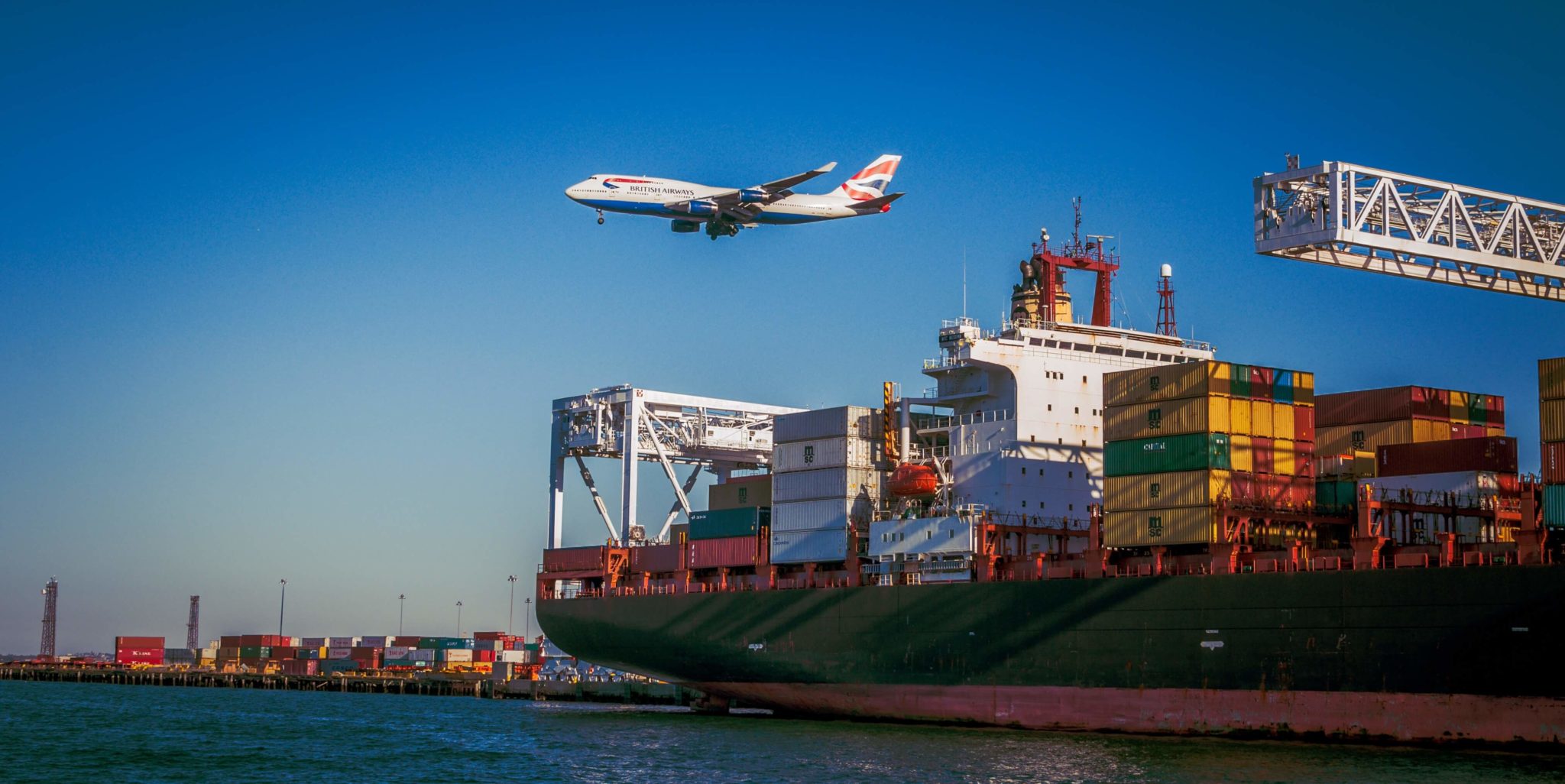Reducing lead time for South Africa shipments is crucial for maintaining supply chain efficiency and meeting customer demands. Whether you’re shipping electronics, textiles, or machinery, knowing how to reduce lead time for South Africa shipments helps minimize delays, cut costs, and enhance reliability. This guide outlines actionable strategies to speed up your logistics from China to South Africa.
1. Opt for Expedited Shipping Methods
Prioritize Air Freight for Urgent Orders
- Transit Time: 5–10 days from Shanghai to OR Tambo Airport (Johannesburg) for high-value items (e.g., \(8–\)12/kg for electronics).
- Use Case: A Cape Town retailer reduced lead time by 25 days by airfreighting 500 smartwatches instead of sea freight.
Choose Direct Sea Freight Routes
- Route Example: Shanghai → Durban (direct sea freight, 30–35 days) vs. transshipment via Singapore (40+ days).
- FCL Advantage: Full Container Load (FCL) avoids consolidation delays in LCL shipments.
2. Pre-Clear Customs and Streamline Documentation
Submit Paperwork in Advance
- Use South Africa’s ASYCUDA World system to pre-file customs declarations via your forwarder (e.g., China Top Freight’s pre-clearance service).
- Time Saved: 2–3 days in customs processing for accurately classified goods (e.g., HS 8517 for power banks).
Ensure Compliance with SABS Standards
- Request suppliers to provide SABS certification (e.g., SANS 10142 for electrical items) at least 4 weeks before shipment to avoid inspection delays.
3. Work with Reliable Suppliers and Forwarders
Select Suppliers with Ready Inventory
- Partner with suppliers in Yiwu or Guangzhou who offer 3-day lead times for standard products (e.g., textiles, hardware).
- Case Study: A Johannesburg importer cut supplier prep time by 50% by switching to a Guangzhou-based electronics supplier with stocked components.
Leverage Experienced Freight Forwarders
- Collaborate with forwarders like China Top Freight, which offers dedicated South Africa lanes and 24/7 tracking.
- Service Benefit: Their Johannesburg warehouse enables same-day last-mile delivery for time-sensitive orders.
4. Optimize Inventory and Production Scheduling
Use Safety Stock for High-Demand Items
- Maintain 2–3 months of inventory for critical products (e.g., automotive parts) to avoid production delays during transit.
- Calculation: A 10% safety stock buffer can offset 7–10 days of unexpected shipping delays.
Synchronize Production with Shipping Cycles
- Align manufacturing timelines with carrier schedules (e.g., plan production to meet weekly sea freight cutoffs from Ningbo Port).
5. Track Shipments in Real Time
Use Advanced Tracking Tools
- Monitor ETAs with apps like 17TRACK or carrier portals (e.g., Maersk Track & Trace) for updates like “Shipment arrived at Port Elizabeth – customs cleared.”
- Alert Setup: Notify stakeholders via email/SMS when shipments reach key milestones (e.g., “Onboarded to rail for Johannesburg”).
6. Plan for Contingencies
Develop Alternative Routes
- Have backup plans for port strikes or congestion:
- Example: Reroute from Durban to East London Port (saves 5 days during peak seasons).
- Air-Sea Hybrid: Use air freight for urgent components and sea freight for bulk items to balance cost and speed.
Purchase Cargo Insurance
- Opt for “All Risks” insurance to cover delays caused by natural disasters or political unrest (premium: 0.8–1.2% of cargo value).
7. Negotiate Flexible Terms with Suppliers
Use DDP (Delivered Duty Paid) Terms
- Let suppliers handle customs duties and taxes to avoid delays in final-mile delivery.
- Time Saving: DDP terms reduce administrative workload by 3–5 days for first-time importers.
Incentivize Fast Turnaround
- Offer bonuses for suppliers who meet tight deadlines (e.g., 5% premium for orders shipped 7 days early).
In conclusion, reducing lead time for South Africa shipments requires a combination of strategic shipping choices, proactive customs management, and strong supplier partnerships. By leveraging air freight for urgency, pre-clearing customs with experienced forwarders like China Top Freight, and optimizing inventory strategies, you can significantly cut transit times and enhance supply chain reliability. Whether managing regular shipments or urgent orders, these strategies ensure your goods reach South Africa efficiently, keeping your business ahead of competitors.


